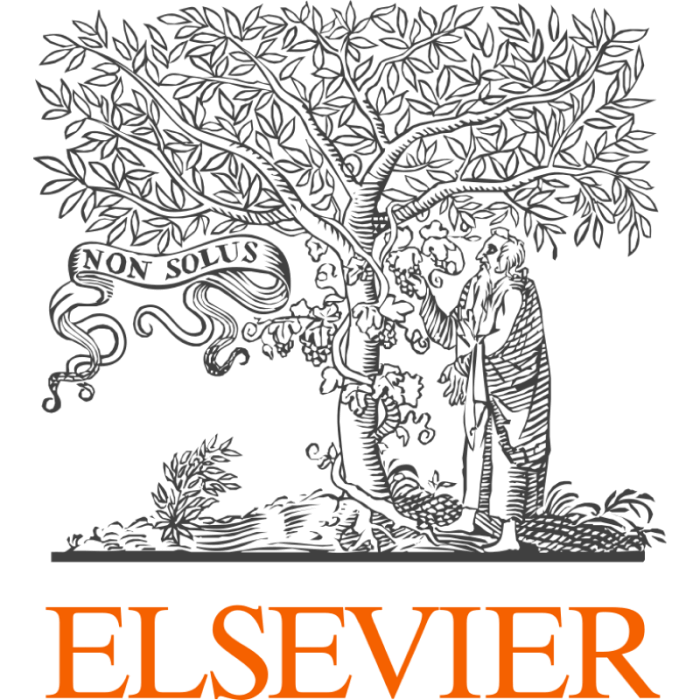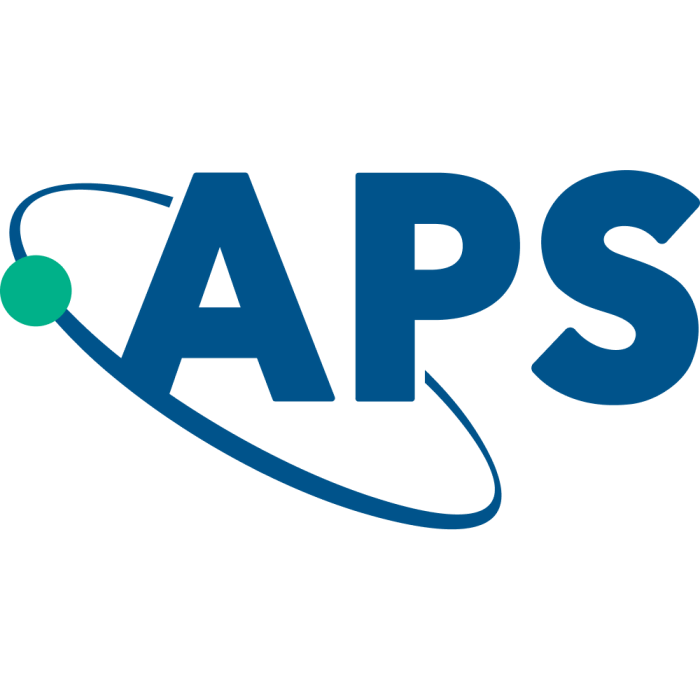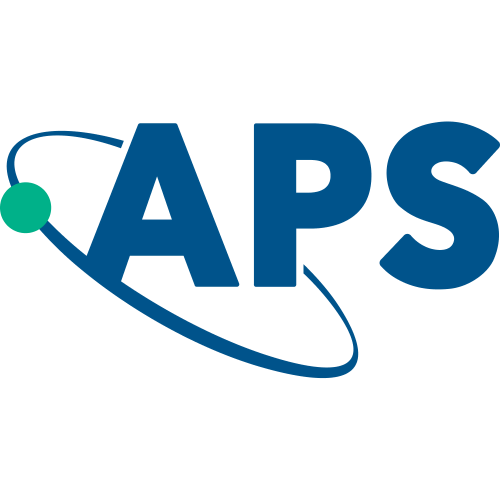Rendiconti Lincei, volume 34, issue 1, pages 37-57
New UTfit analysis of the unitarity triangle in the Cabibbo–Kobayashi–Maskawa scheme
Marcella Bona
1
,
Marco Ciuchini
2
,
Denis Derkach
3
,
Fabio Ferrari
4, 5
,
Enrico Franco
6
,
Vittorio Lubicz
2, 7
,
Guido Martinelli
6, 8
,
Davide Morgante
9, 10
,
Maurizio Pierini
11
,
LUCA SILVESTRINI
6
,
Silvano Simula
2
,
Achille Stocchi
12
,
Cecilia Tarantino
2, 7
,
Vincenzo Vagnoni
4
,
Mauro Valli
13
,
Ludovico Vittorio
14
14
LAPTh, Université Savoie Mont-Blanc and CNRS, Annecy, France
|
Publication type: Journal Article
Publication date: 2023-02-14
Journal:
Rendiconti Lincei
scimago Q2
wos Q2
SJR: 0.408
CiteScore: 4.1
Impact factor: 2.1
ISSN: 11206349, 17200776, 20374631
General Agricultural and Biological Sciences
General Environmental Science
General Earth and Planetary Sciences
Abstract
Flavour mixing and CP violation as measured in weak decays and mixing of neutral mesons are a fundamental tool to test the Standard Model and to search for new physics. New analyses performed at the LHC experiment open an unprecedented insight into the Cabibbo–Kobayashi–Maskawa metrology and new evidence for rare decays. Important progress has also been achieved in theoretical calculations of several hadronic quantities with a remarkable reduction of the uncertainties. This improvement is essential since previous studies of the Unitarity Triangle did show that possible contributions from new physics, if any, must be tiny and could easily be hidden by theoretical and experimental errors. Thanks to the experimental and theoretical advances, the Cabibbo–Kobayashi–Maskawa picture provides very precise Standard Model predictions through global analyses. We present here the results of the latest global Standard Model analysis performed by the UTfit collaboration including all the most updated inputs from experiments, lattice Quantum Chromo-Dynamics and phenomenological calculations.
Nothing found, try to update filter.
Cirigliano V., Crivellin A., Hoferichter M., Moulson M.
Physics Letters, Section B: Nuclear, Elementary Particle and High-Energy Physics
scimago Q1
wos Q1

 ,
,
,
2023-03-01,
citations by CoLab: 37
,
PDF,
Abstract
Abstract
Cites

 ,
,
Buras A., Regards K.
Are you a researcher?
Create a profile to get free access to personal recommendations for colleagues and new articles.
Profiles











